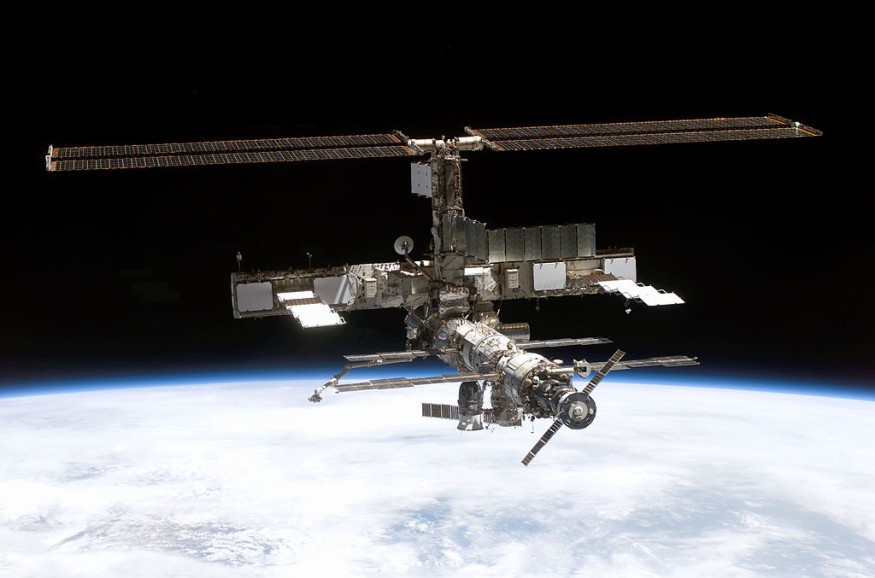The latest report showed that scientists managed to grow mouse embryos on the International Space Station. The researchers noted that gravity had no significant effects on the experiment.
Experts have been studying space, especially if potential reproduction is possible amidst the growing concerns of gravity. From finding life on planets, discovery is essential to understanding more about space far from Earth.
Mouse Embryos Growth in Space

In a new report, a group of scientists studied the potential development of mouse embryos on the International Space Station. The experiment will help determine the success of reproduction in the space.
Needed studies and observations are crucial to better understanding the questions about mammals and human reproduction in space.
The report highlighted the potential risks of spacelight in pregnancy and birth, especially since mammals are considered sensitive to changing environments and stress.
As a result, researchers from the University of Yamanashi's Advanced Biotechnology Centre and Japan Aerospace Space Agency (JAXA) helped to conduct the study after sending a sample of frozen mouse embryos in August 2021.
The said embryos were then brought using a rocket to the International Space Station (ISS). The successful growth of mouse embryos in Space is the first-ever study, helping today's scientists.
The thawed early-stage embryos grew using a special device and under microgravity conditions.
Mice are mostly sent to space. The small animal manages to adapt to gravity quickly.
Also Read : October Astronomical Events: Rare Hunter Moon, Brighter Planets to Ring of Fire Solar Eclipse Expected
Understanding Potential Life in Space
According to NASA, understanding any life in space is essential. With advanced technology and analysis, experts can locate samples and study on Earth. It can provide them new insights into signs of life many years ago.
Reports showed that the Earth is likely about 4.3 to 4.5 billion years ago. Experts uncovered the oldest fossil that could date back 3.5 million years ago.
Meteorites and rock samples are helpful in analyzing the potential life in space. However, the space is still unexplored. Experts have sent some animals to space to discover their potential survival.
The first animal that went into an orbital spacelight was a dog named Laika on November 3, 1957.
Laika was a young terrier dog in Moscow. Before the dog was sent to space, it underwent training and examinations.
Meanwhile, the first dogs to come back from space were Strelka and Belka, which was launched in 1960.
Researchers also sent fish and monkeys into space. There are about 32 monkeys that have flown to space. In addition, two Russian tortoises managed to become the first to orbit the moon, and return to Earth finally.
According to the report, the process of sending animals to space will show if they can survive amidst the uncommon environments.
Related Article : China Plans to Bring Zebrafish to Space
For more similar stories, don't forget to follow Nature News.
© 2025 NatureWorldNews.com All rights reserved. Do not reproduce without permission.





